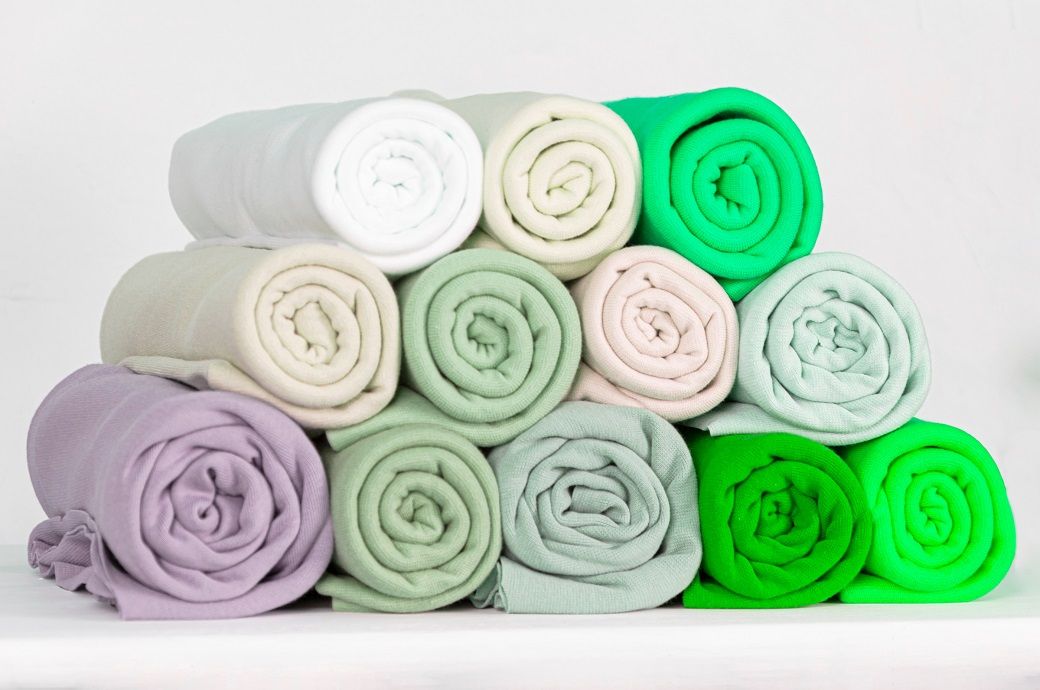
In the first two months of 2025, South Africa’s textile imports have experienced a significant surge, climbing by 21% to reach a total of $646 million. This sharp increase highlights the growing demand for textile products in the country, which has faced both challenges and opportunities in its import sector.
According to recent data from the South African Revenue Service (SARS), the textile industry has seen a steady rise in the volume of imported goods, including fabrics, garments, and other textile products. This surge is in stark contrast to the decline in imports seen in the same period last year, making it one of the most notable industry trends for 2025.
Several factors have contributed to this surge in textile imports. Firstly, South Africa’s growing fashion and retail sectors have played a major role. As local brands and international retailers expand their presence in the country, the demand for textile products has soared. The increased popularity of both fast fashion and high-end apparel has further fueled the need for imported goods.
Secondly, the decline in local textile production capacity over the years has led to greater reliance on imports. Many South African manufacturers have struggled to compete with low-cost imports, particularly from countries like China, India, and Bangladesh, where labor and production costs are significantly lower.
The effects of global trade policies and the weakening of the South African rand have also had an impact. While a weaker rand can make imports more expensive, it has not deterred demand, especially in sectors where international quality standards are sought after, such as high-end fashion and specialized fabrics.
The surge in imports is both an opportunity and a challenge for local manufacturers. On the one hand, it indicates a growing domestic market for textile products, which could potentially provide new avenues for partnerships and collaborations. On the other hand, it underscores the ongoing struggles faced by South African textile producers in terms of competitiveness and innovation.
Experts argue that if local manufacturers are to regain a competitive edge, investment in technology and innovation is crucial. South Africa’s textile industry will need to modernize production processes, focus on value-added products, and explore niche markets to remain viable in a market dominated by imports.
Furthermore, the government is under increasing pressure to support local industries through incentives and policies that encourage domestic production. However, there is also a need for balance, as too much protectionism could lead to higher prices for consumers and a slowdown in overall economic growth.
Looking ahead, analysts predict that South Africa’s textile imports will continue to rise, albeit at a more moderate pace. As consumer preferences evolve and the local economy stabilizes, the demand for imported textiles will remain strong, driven by both fashion trends and industrial needs.
However, the future of the textile sector in South Africa is not entirely reliant on imports. Industry experts believe that with strategic investments, the country could rebuild its manufacturing capabilities and reduce its reliance on foreign goods. Initiatives such as workforce training, technological upgrades, and government support programs could provide the necessary foundation for a more self-sustaining textile industry in the long term.
South Africa’s textile import surge in early 2025 reflects both the country’s growing demand for textile products and the challenges faced by its domestic manufacturers. As the industry navigates these challenges, the coming months will be critical in determining whether South Africa can strike a balance between imported goods and locally-produced textiles, ensuring a competitive and sustainable future for the sector.

